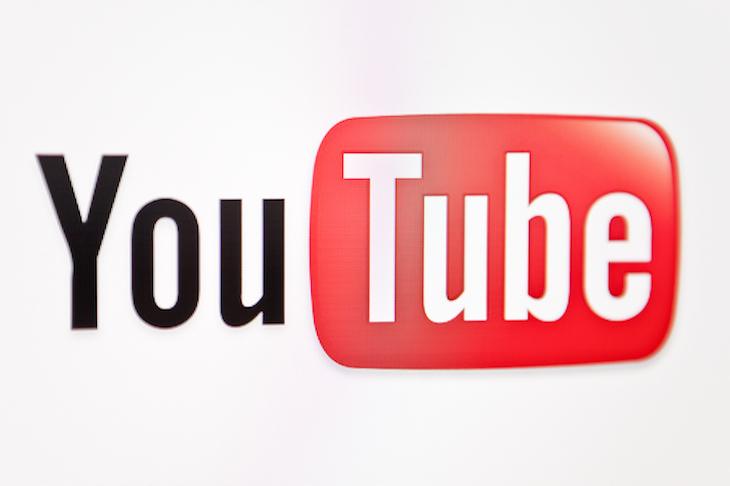On 25 April 2005, Jawed Karim sent an email to his friends announcing the launch of a new video site — intended for dating — called youtube.com. Within 18 months, the site was being used to view 100 million videos a day. Last year it had more than a billion users, watching five billion videos every day, with creators uploading 300 hours of video to YouTube every minute.
Given this almost incomprehensible scale, it’s fitting that the word Videocracy — the title of YouTube Head of Trends Kevin Allocca’s history of the site — evokes the idea of an authoritarian dystopia. Like any approved account from such a regime, its analysis never strays far from the realms of the vapid or tepid.
YouTube, and the democratising wave of social network websites that rose alongside it, has had many positive influences on the world, which Videocracy describes at length, if joylessly: creators could bypass middlemen and gatekeepers; remix culture could flourish as an artform in its own right; and people with niche interests that would never be served through mainstream television could find something to please them.
Videocracy speaks of these millions of flowers blooming, and claims it’s the audience that now decides what becomes popular — but what is always curiously absent is YouTube itself. No mention is made of the slice of revenue it takes for every video it airs, or of the way the site singles out potential stars and partners with them.
Similarly, as the book turgidly lists the upsides of YouTube’s role on the internet, its downsides are glossed over. In 2010, Antoine Dodson gave a furious account to local television news about how an intruder had broken into his family’s home and attempted to rape his sister. The footage was remixed on YouTube into an auto-tuned song, which immediately went viral. Recounting the incident, the book merely noted that Dodson was eventually able to use ‘his cut of the proceeds’ to move his family to a ‘safer home’.
YouTube has been shown to air adverts ahead of extremist clips; to air videos showing parents exploiting their children for views and for revenue; to show acts of playground bullying to the world; and to be painfully slow to take action when its hand-picked stars use racial slurs in their videos.
If YouTube deserves praise for the good its platform has enabled, it also deserves scrutiny for its evils; and those who have worked for it should be able to offer introspection and reflection on both. Discussion of even the YouTube algorithm, which Allocca reveals can select 200 million different videos every day to show to different users on their homepage, depending on their preferences, is rendered invisible in his telling of the company’s history — once it’s been referenced as trivia, the book moves breathlessly on to its next topic.
Nowhere does this approach jar so much as when Allocca handles YouTube’s role in conflict, describing poignantly how footage from first the crackdown on the Iranian Green Movement, then the Arab Spring, found its way to the site and was viewed by him and his team. The book admits that some violence published on the site is then spread and distributed further even after the initial uploader — who often put the video online in a shocked state —requests otherwise, but offers little in the way of reflection or insight.
The inherent instability of new media, for good or ill, is far better dealt with in David Patrikarakos’s War in 140 Characters, which reflects on how social media has been used by governments, terror groups and citizens alike to shape perceptions of conflicts across the world.
Constructing the idea of Homo Digitalis — the new generation of always-on-internet citizens — Patrikarakos shows that as governments manipulate social media for their own strategic ends, they are unleashing forces they have little ability to control. As Russia pushes propaganda in the interests of its uneasy truce with Ukraine, he argues, so does it fuel calls at home for the enemy to be ‘crushed’. As Hamas stirs up anti-Israeli sentiment on the internet, so too does it encourage ever-increasing calls to ‘exterminate’ Israel. Social networks have power, as do nation states and terror groups. But as each exploits the other, they risk unleashing extremes which could bring the entire edifice down on them all.
Against such a backdrop, Videocracy could have served as a warning, or as a guide on how best to shape the forces the internet has let loose and heightened. Instead, it’s a relic of another era when the online world was the ‘and… finally’ segment of a news broadcast — the simple place described in the book’s subtitle: ‘Double rainbows, singing foxes, and other trends we can’t stop watching’.


















